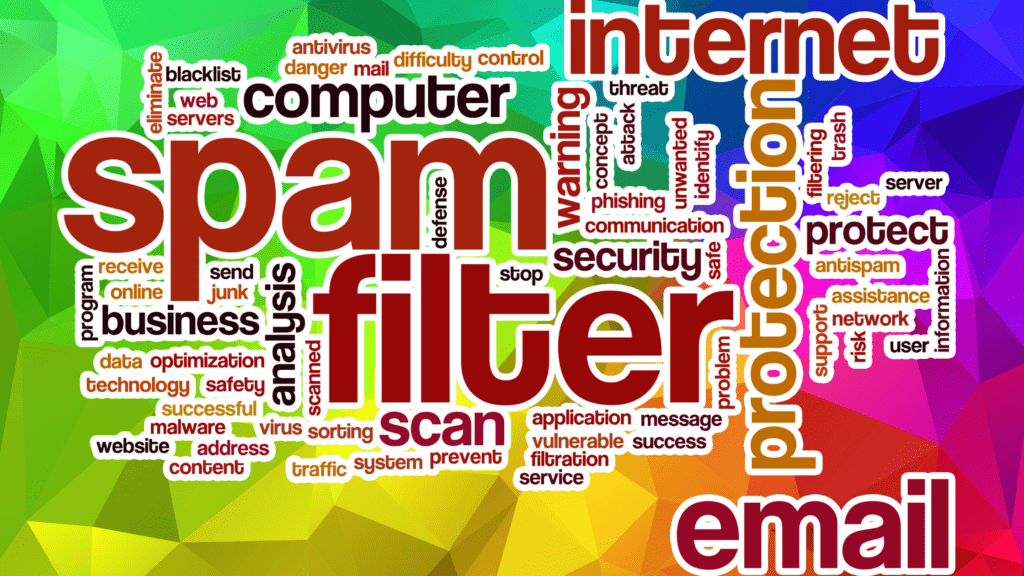How to Handle Different Travel Personalities in Your Group
April 3, 2025
Read MoreDon’t believe the hype! Email is STILL one of the best ways to reach your group travel market. Recent data showed that 73% of global marketers consider email marketing an excellent marketing channel. This is higher than SEO (72%) and paid search (67%). That’s the good news. The bad news is that 20.4% of all emails either go to spam or remain undelivered.
So why are your group travel marketing emails going to spam or junk? And more importantly, what can you do about it?

If very few people are opening your emails, it may cause your inbox provider to question your legitimacy as a sender. The data showing a low open rate might be enough to send your mail right to spam or junk.
If you don’t have a way for recipients to unsubscribe, spam filters are going to have a field day with your email. Be sure to include a link in your content to opt out of receiving future emails.
Most of us have no idea what this means. In simplest terms, email authentication (or email validation) is verifying the source and legitimacy of an email message. Providers may flag the message as spam if your email isn’t authenticated or set up correctly.

Surprised? Most people are. You DO have to include a valid postal address (street address, P.O. box, or even a private mailbox) in your email. Your message may be marked as spam without it.
Honestly, there’s no excuse for this one. In a world where Grammarly can be downloaded for free, your emails should be ‘free’ of errors.
Remember that many phishing emails originate in non-English-speaking countries. If a legitimate email is riddled with spelling or grammatical mistakes, providers assume it may be spam.
Most of us are visual learners and respond well to flashy or engaging images in our content – especially travel! However, spam filters have trouble reading images that are too large and with too little text.
According to Drip, avoid attachments like the plague! Spam filters are immediately on alert for viruses, and they slow down the load time for your email.
If you want your content to make it to your recipient, include a link instead!
If the email is poorly designed and hard to read, it’s probably headed for spam or junk.

Spam trigger words are keywords or phrases that “trigger” your provider to flag the email as fraudulent or possibly malicious. They are then routed away from the intended inbox to a spam folder or junk account.
Examples of trigger words include things like “free,” “limited-time offer,” or “guaranteed.” Check out HubSpot’s list below for a comprehensive list of what to avoid.
Now you have a better understanding of why your group travel marketing emails are going to spam or junk. So, the question is what can you do about it?
The Federal Trade Commission (FTC) created a compliance guide for businesses as part of the 2003 CAN-SPAM Act.
It’s a simple set of guidelines to help you understand how your business should conform to the laws governing email marketing.
We mentioned above that authenticating your email is key when sending an email marketing campaign. Be sure to get this one done!
Keep your email lists clean and sustainable by verifying your recipient’s consent to your emails. A double opt-in ensures subscriber consent when you send a confirmation or welcome email that requires them to agree to the terms.
This can be as easy as a check box or a link – and once completed, they’re on your list!
Monitor your email metrics so you know how your campaign is performing. Check things like open rates, click-through rates, and spam reports. Review your subject lines and how often you are emailing.
Once you’ve established some baseline data, you can adjust your email marketing accordingly.

Using fancy fonts or trying to get your reader’s attention with ALL CAPS!!!! is a sure way to end up in the junk pile. Stick with plain text formatting to avoid getting flagged.
Anything you put out should have value for your market. Offer travel tips, destination insights, or tech updates – topics that are timely and helpful. Don’t just email for the sake of emailing!
As we mentioned above, there are certain words and phrases that raise red flags for service providers. While including trigger words seems like a good way to entice your audience to read on, they’ll ultimately send your content straight to spam.

Spam testers will check your emails before you send them. They’ll look for trigger words, verify your email is authenticated, identify bad links within your content, and more. You can try sites like MailGenius and MailReach for free, along with a host of others.
It seems like a no-brainer, right? But you’d be amazed at how many group travel marketing emails go out without being proofed. Take time to review your content carefully for design, readability, and errors. Better yet, have a fresh set of eyes review it before you hit send.
There’s been lots of research around the right time to send marketing emails. We’ve waded through a lot of it! Here’s what we’ve discovered…
Our call? Send your group travel marketing emails on Tuesdays at 8:00 a.m. No guarantees but worth a try!
Emails are still one of the best ways to reach your target audience. And now you have a better idea of why your group travel emails are going to spam. More importantly, you know how to help improve your campaigns. Put these tips to the test, review the results, and adjust accordingly.
Happy emailing!
April 3, 2025
Read MoreMarch 20, 2025
Read MoreMarch 6, 2025
Read MoreFebruary 20, 2025
Read MoreJanuary 9, 2025
Read More